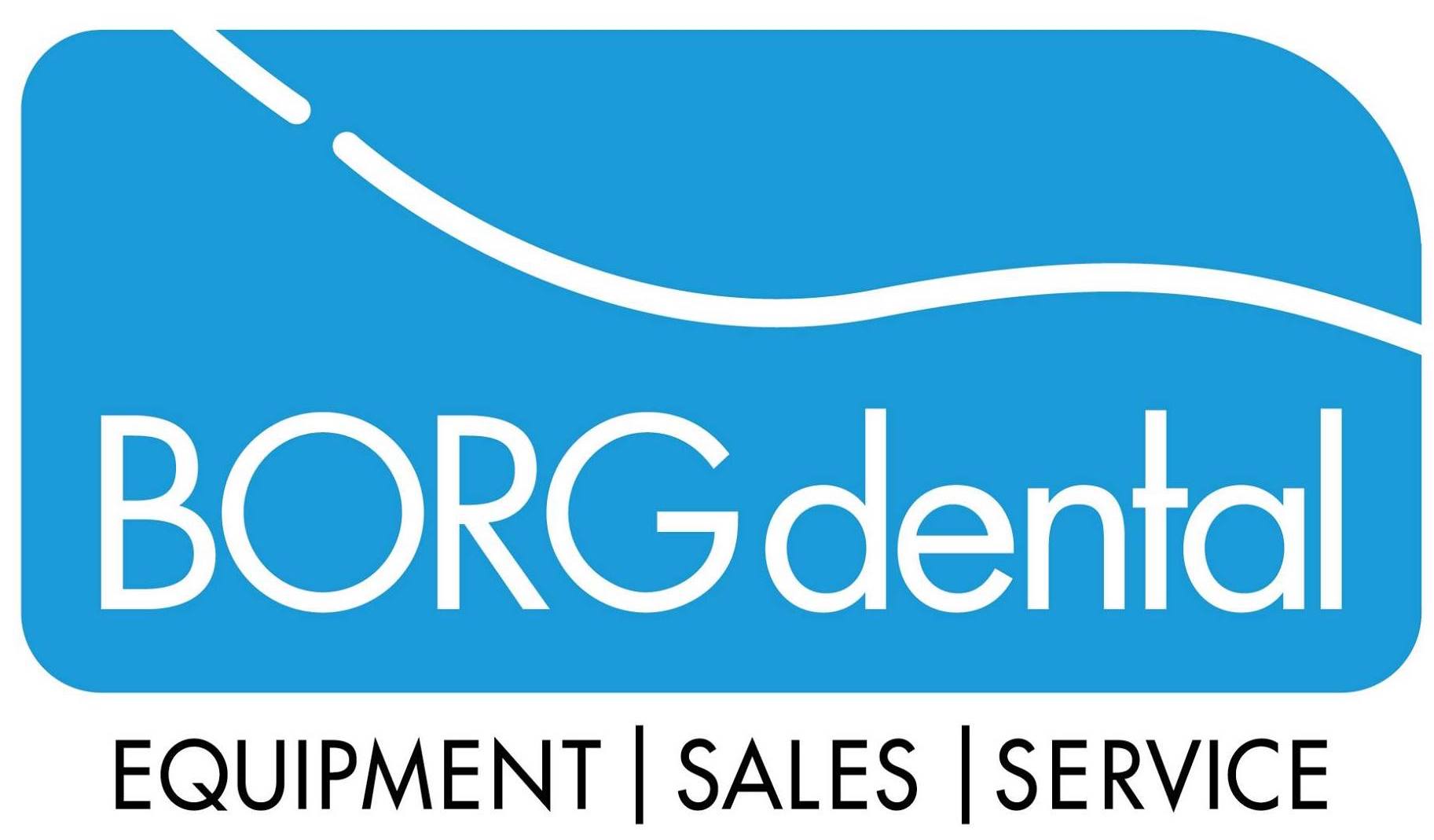
Amongst the most significant assets in any Dental Practice are the handpieces. These precisely engineered instruments rotate at approx. 400,000 rpm multiple times a day, providing smooth, vibration free, quiet cutting for enhanced patient and clinician comfort. In order to maintain their integrity and expectations of the discerning clinician, reliable and consistent maintenance is paramount.
Automatic or manual maintenance options are available. Many practices already see the benefits to an automated system with still some yet to make the transition.
Automated System have a quick turnaround time allowing 4 handpieces to be cleaned and lubricated at once. The system provide your investment with consistency and reliability every time, saving on staff labour, allowing them to focus on other important areas for a busy practice.
A calculation of averaging the cost of automated systems vs manual spray cans is interesting – an automated system can operate at a lower cost per handpiece cycle. This claim does need to be qualified and calculations need to be inclusive of the following points:
- Purchase cost of the automated system
- Cost of the system solution per handpiece cycle (cans or oil tank) (Some automated systems still require spray cans)
- Cost of dental team time
- Extra handpiece life with automated systems (Commonly automated systems extend handpiece life)
Every dental practice has varying operational characteristics and so the value analysis of installing an automated handpiece maintenance and lubrication system needs to be applied on an individual basis. However, common to all practices equipped with an automated system, the life of handpieces should noticeably be extended due to consistent maintenance and lubrication.
In the case of spray cans for handpiece maintenance and lubrication there are two main criteria:
- Use the product recommended by the handpiece manufacturer.
- Always ensure you use the correct oil can adaptor for your handpieces, there are different types of nozzles for different fitting handpieces. Using an incorrect adaptor can shorten the life of a handpiece. Only the correct spray can adaptor will deliver the solution precisely into your handpiece.
NSK Pana Spray Plus is formulated by the NSK factory to work in harmony with the materials used to produce NSK handpieces helping to maintain the smooth performance you trust and rely on every day.
Several handpiece maintenance sprays are offered in the market, many of which have no relevance to any reputable handpiece manufacturer. Caution is suggested in choosing the correct maintenance spray can product.
1. PREPARATION
- Contra-Angle: Remove the contra-angle from the motor and detach the bur from the chuck.
- Air Turbine: Remove the air turbine from the coupling and detach the bur from the chuck.
Bring instruments to a dedicated decontamination area. Remove organic contaminants with a paper wipe.
2. CLEANING
Manual: Clean the external surface of handpiece with running water (<38°C, demineralised water recommended).
Automated NSK handpieces with the thermo-disinfector symbol may be washed and disinfected. When using a thermo-disinfector, be sure to follow its manufacturer’s instructions.
3. LUBRICATION
- Essential after thermo-disinfection
- Essential prior to sterilization process
Manual: Lubricate handpiece using NSK Pana Spray Plus to prevent mist spray from escaping into the environment, use absorbent cloth. Expel excess lubrication.
Automated: Clean and lubricate handpieces with NSK iCare2/3. Be sure to use the right adaptor for each handpiece.
4. STERILIZATION
Place handpieces in a sterilization pouch and seal them. EN13060 4.6.3 recommends autoclaving for 20 minutes (minimum holding time) at 121°C or 15 minutes (minimum holding time) at 132°C. NSK recommends Class B or S sterilization. (All NSK handpieces are autoclavable up to 135°C)
5. STORAGE
After the sterilization cycle, immediately remove handpieces from the autoclave. Keep them in dust-free, sterilized storage or bring them to a treatment room for use.

